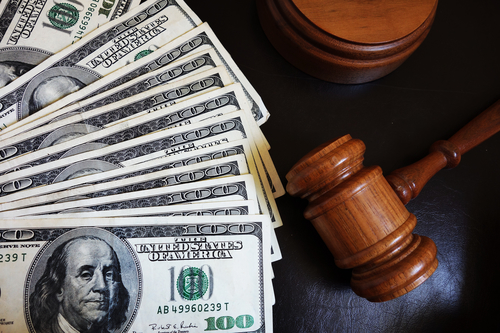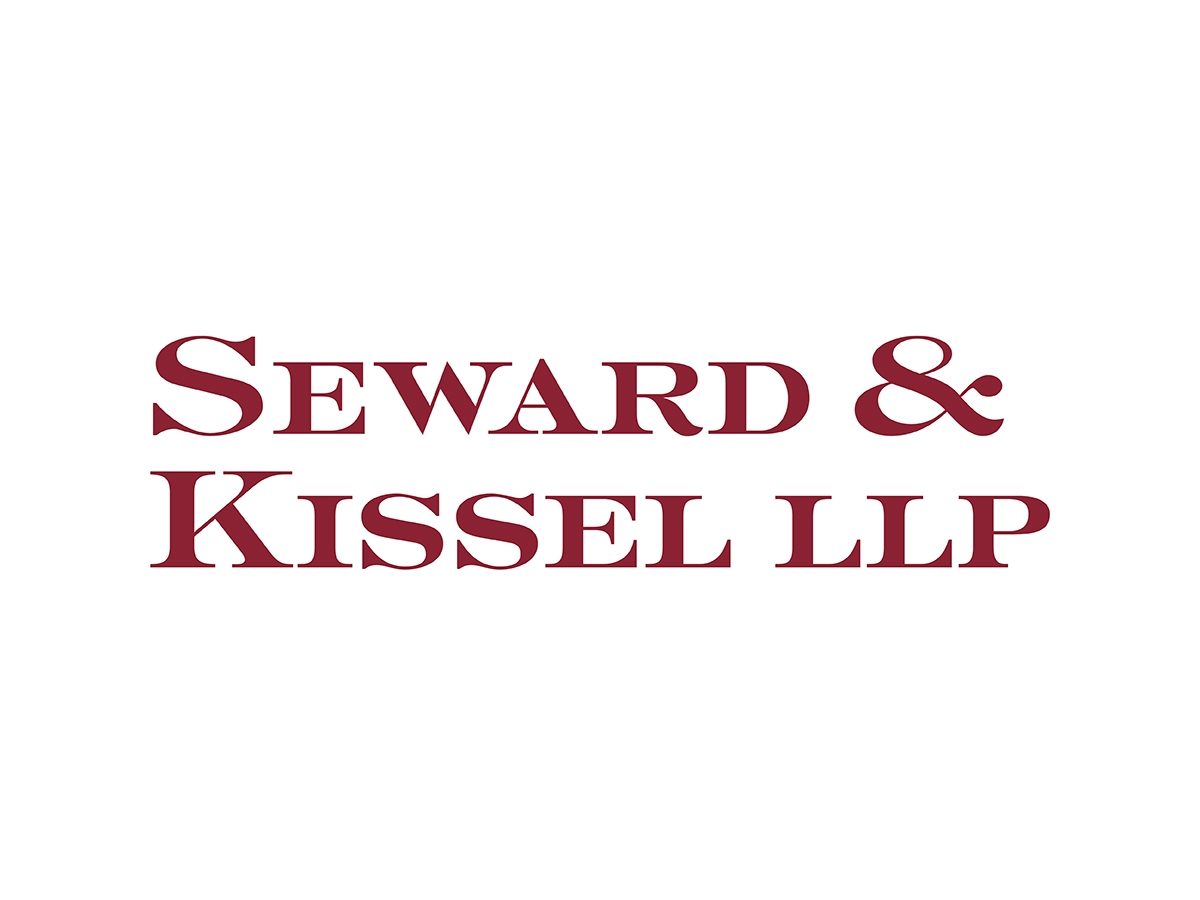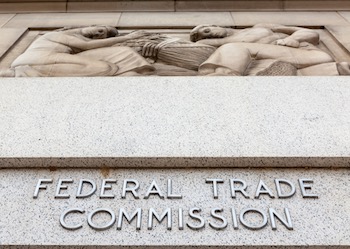Federal Circuit Clarifies WesternGeco Approach to Foreign Damages
“[The expert’s] proposal is legally insufficient, even under the WesternGeco framework, for the simple reason that, though it claims a ‘making,’ it does not start from an act of ‘infringement’…in asserting the required causal connection to the foreign conduct for which the proposal seeks royalty damages.” – Federal Circuit opinion
In a lengthy, precedential opinion authored by Judge Taranto, the U.S. Court of Appeals for the Federal Circuit (CAFC) on Wednesday, March 27, affirmed a district court’s decision invalidating the claims of two of Trading Technologies’ (TT’s) patents as being patent ineligible under Section 101 and also clarified the application of a 2018 Supreme Court ruling on foreign damages.
Harris Brumfield, as Trustee for Ascent Trust, is the successor to TT, which sued IBG LLC in 2010 for infringement of four patents: U.S. Patent Nos. 6,766,304; 6,772,132; 7,676,411; and 7,813,996. All of the patents’ specifications describe “assertedly improved graphical user interfaces for commodity trading and methods for placing trade orders using those interfaces.”
Eligibility
The district court decided on cross-motions for summary judgment whether the claims of the four patents were eligible under Section 101. The court conducted the Alice two-step test and rejected IBG’s challenge to the ‘304 and ‘132 patents, referencing the CAFC’s nonprecedential decision in Trading Technologies International, Inc. v. CQG, Inc., in which the CAFC upheld the claims of those patents as being “‘directed to a specific implementation of a solution to a problem in the software arts.’” The district court saw no reason to reach a different conclusion in the present case and thus rejected the eligibility challenge to those patents.
As to the ‘411 and ‘996 patents, however, the district court found the challenged claims there to be broader than the other patents and “reasoned that TT had failed to explain how these broader claims provide a specific solution to the problem solved by the ’304 and ’132 patents,” according to the CAFC opinion. The district court pointed to another nonprecedential CAFC case to support its position, Trading Technologies International, Inc. v. IBG LLC, 767 F. App’x 1006 (Fed. Cir. 2019), in which the appellate court upheld a 101 challenge to the claims of a descendant patent of the ’132 patent “whose claims call simply for a price axis, not a static price axis.”
The district court further rejected TT’s argument that IBG LLC v. Trading Technologies International, Inc., 757 F. App’x 1004 (Fed. Cir. 2019), in which the CAFC ruled that the same four patents at issue in this case did not qualify for covered business method (CBM) review based on its earlier eligibility holding on the ‘304 and ‘132 patents, should justify rejecting the 101 challenge to the ‘411 and ‘996 patents. The district court found that “although ‘the inquiries under CBM review and § 101 eligibility are related,’ the CBM determination did “not dictate a finding of § 101 eligibility here.”
On appeal, the CAFC decided the 101 issue de novo and found the ‘411 and ‘996 patents claim ineligible subject matter. Specifically, said the CAFC, they are directed to abstract ideas and add nothing that transforms them into eligible subject matter. The claims cover “the receipt and display of certain market information (bids and offers) in a manner that newly helps users see the information for use in making trades,” but these are fundamentally abstract ideas, said the court:
“Nothing in the claims, understood in light of the specification, calls for anything but preexisting computers and displays, programmed using techniques known to skilled artisans, to present the new arrangement of information.”
And at Alice step two, citing to its own statements in Trading Technologies International, Inc. v. IBG LLC, “receiving market information is simply routine data gathering, and displaying information as indicators along a scaled price axis is well-understood, routine, conventional activity that does not add something significantly more to the abstract idea.” While the CAFC relied on its analysis in the previous IBG cases, it noted that there are “numerous other precedents, cited in or post-dating those decisions,” that reiterate the same principles.
As to TT’s argument that the court should reject the 101 challenge to the ‘411 and ‘996 patents based on the CQG decision, the CAFC said “that decision is not precedential, and ‘[w]e are not bound by non-precedential decisions at all, much less ones to different patents, different specifications, or different claims.’”
The court further explained that “[t]he claims of the ’304 and ’132 patents at issue in CQG require a ‘static price axis,’…whereas the claims of the ’411 and ’996 patents at issue here are broader, allowing some automatic movement of the price axis.” Since IBG did not appeal the eligibility ruling on the ‘304 and ‘132 patents, “we have no occasion here to question that the static price axis can be characterized as providing ‘a specific solution to [a] then-existing technological problem[],’” said the CAFC. But that analysis does not extend to the ‘411 and ‘996 patents, said the court:
“Even if the static price axis provides a specific solution to an existing problem, however, it does not follow that the claims at issue here, which cover displays with automatic movement of the price axis, provide such a specific solution. And TT suggests no other problem for which the ’411 and ’996 patents claim a ‘specific’ solution.”
Damages
Notably at issue in the case was also TT’s challenge to the district court’s exclusion of one of the damages theories proposed by its expert. IBG had moved to exclude testimony of TT’s damages expert under Federal Rule of Evidence 702. The district court ultimately allowed most of the expert’s testimony but excluded proposed testimony regarding damages based on activities of foreign users of TWS BookTrader, the alleged infringing trading tool.
In its analysis, the CAFC held that WesternGeco LLC v. ION Geophysical Corp., 585 U.S. 407 (2018), which said in a 7-2 decision that a patent owner may recover lost foreign profits for infringement under 35 U. S. C. 271(f)(2), displaces Power Integrations, Inc. v. Fairchild Semiconductor International, Inc., 711 F.3d 1348, 1370–71 (Fed. Cir. 2013) as the required extraterritoriality framework of analysis. The district court had been hesitant to say this because the case dealt with a reasonable royalty award, rather than lost profits, as was at issue in WesternGeco. However, the CAFC found here that, even under the less restrictive WesternGeco approach, the expert’s proposed evidence was properly excluded. The CAFC explained:
“…Ms. Lawton’s [the expert’s] proposal is legally insufficient, even under the WesternGeco framework, for the simple reason that, though it claims a “making,” it does not start from an act of “infringement”—making a claimed CRM (or method)—in asserting the required causal connection to the foreign conduct for which the proposal seeks royalty damages. We will not rewrite Ms. Lawton’s proposal to say something it does not.”
The court also held in coming to its conclusion on this point that WesternGeco does apply to reasonable royalty awards, “not just a lost-profits award, under § 284, though its application must reflect the established differences in standards for the two types of awards.”
Abuse of Discretion
Finally, the CAFC addressed TT’s post-verdict motion for a new trial on damages, in which TT argued the district court had abused its discretion and also claimed that IBG committed fraud in its own calculation of damages. TT said that IBG failed to give TT enough information about how IBG was counting the trades. But the CAFC saw “no clear error, based on the record, in the district court’s careful evaluation of the evidence available to TT through discovery and its determination that IBG did disclose the key information that TT alleged was withheld….”
The CAFC added that “[i]t is institutionally important that parties generally be held to the duty to conduct needed investigations of facts before trial” in lieu of relying on Rule 60(b) motions.
The decision thus affirmed the district court’s grant of summary judgment of ineligibility of the ‘411 and ‘996 patents; its exclusion of a portion of the expert testimony; and its denial of TT’s motion for a new trial. TT’s damages award is therefore capped at $6,610,985.
Image Source: Deposit Photos
Author: zimmytws
Image ID: 61513531






